The pink ladybug pictures I see are amongst my favorite ones. They look so wonderful. I’d kind of like to have one as a pet!
But not all of them are as they seem. So here I am writing about them as I want people to know what a Pink Ladybug actually looks like, and believe it or not, not all ‘Pink Ladybugs’ are actually Pink!
And just like my recent investigations into Purple Ladybugs, Green Ladybugs, and Blue Ladybugs, I really wanted to find out if Pink Ladybugs existed and if so which ones were real and what sort they were!
As any Entomologist would know, I just happened to know for a fact that there’s a Pink Ladybug, so at least you can take something away from this article. But before that, let me give you a quick takeaway answer, then I’ll dive into more detail…
Is there a pink ladybug? A pink ladybug comes in three varieties and is commonly known as the pink spotted lady beetle, or 12 spotted lady beetle. Officially it is called Coleomegilla maculata. All variants of this Ladybug are native to North America
Pink Ladybug
Pink Ladybug Classification
- Phylum: Arthropoda
- Class: Insecta
- Order: Coleoptera
- Family: Coccinellidae
- Scientific Name: Coleomegilla maculata lengi
- (Boisduval, 1835)
- (+ Two variants fuscilabris & Strenua)
- Family: Coccinellidae
- Order: Coleoptera
- Class: Insecta
The three variants of the Pink Ladybug have been native to the eastern and far Southern regions of North America, mainly the east, with a second around the Florida area, and another along the Mexican border.
Here are the three variants and their respective locations and identification images: –
The first is by far the most common and widespread of the Pink ladybug, Coleomegilla maculata lengi. Stretching across the eastern part of the United States.
If you see one outside this approximate area then please let me know as I’d love to know if it’s ranging further afield.
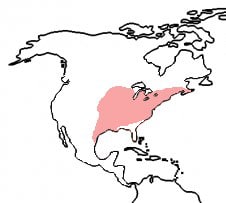
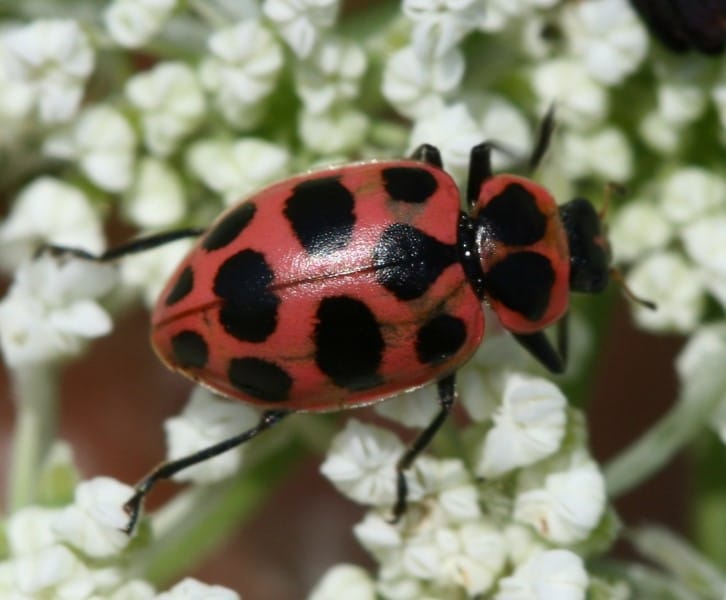
Additionally, the image here is of the Pink Ladybug Larvae, for identification purposes.
Because of their fairly limited area in terms of population spread, they’re only seen by a small portion of the population (globally) so you’d be forgiven for not believing they exist. Plus I’d almost go as far as saying they’re Pink … but certainly on the ‘Red’ side of pink!
image source By Beatriz Moisset Link
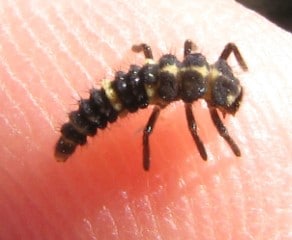
In short, Its anatomy is largely the same as that of most Coccinellidae, and behavior is also akin to that of most other Ladybug species. Including how they Hibernate, as well as how they protect themselves and indeed their mating habits.
These lady beetles can be seen wherever the insects on which they generally prey are found. This can include backyards, woods, and fields, but they’re commonly found in agricultural areas.
The types of crops they inhabit commonly include wheat, sweet corn, peas, beans, alfalfa, sorghum, soybeans, potatoes, asparagus, cotton, brassicaceous crops, tomatoes, and apples.
Besides aphids, they also include in their diet – adelgids (similar to aphids), mites, insect eggs as well as other small larvae.
They’ve also been known to include pollen in up to half of their diet. Other foods include nectar, water, and honeydew.
When their normal prey is in short supply, then similar to the Harlequin Ladybird Beetle, adults and larva, have been known to turn on their own kind, exhibiting cannibalistic tendencies
This could include eating sibling eggs, larvae, and pupae of their own species. See my other post on how to identify different types of ladybug larvae.
See here for a full list of what ladybugs Eat.
The second is the Pink ladybug variant Coleomegilla maculata fuscilabris, Which resides in the Florida region as per the map shown.
Again, if you see one outside this approximate area then please let me know as I’d love to know if it’s ranging further afield.
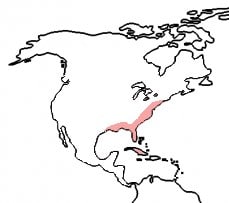
They tend to be more of a red color than the known pink version, but they are the same, just a variant
image: source

Finally we have the Pink Ladybug variant Coleomegilla maculata strenua, which is native across the Mexican border in the US and into Mexico.
This variant has been known to be redder in color than the other two but looks like the one above for basic identification purposes
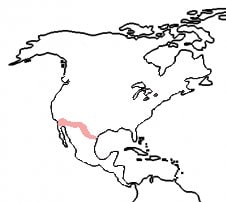
As before, if you see one outside this approximate area then please let me know so I can see if they’re ranging wider
Do Pink Ladybugs Hibernate?
Yes, they are the same as any other Coccinellidae in that they have an annual cycle that includes hibernation, or diapause as it’s commonly known. Check out the life cycle of the Ladybug for more information on this.
Do Pink Ladybugs Bite?
Much the same as all ladybirds who bite, they are not prone to bite a human unless they meet certain requirements. That is to say if they’re starved of food, if they mistake a human for a soft-bodied insect, or if they’re attracted to the salt on the human’s skin. Check out which ladybugs will bite.
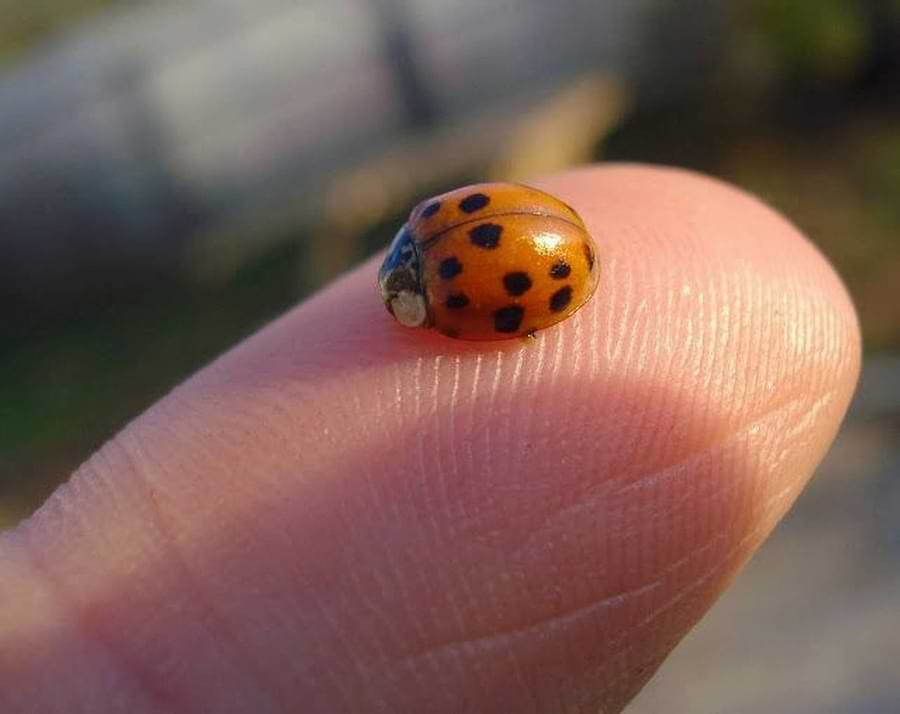
Are Pink Ladybugs Poisonous?
No, Pink Ladybugs are not poisonous, they have not been known to pass on any kind of disease or allergic reactions. Ladybugs, in general, are not known to be poisonous. Pink Ladybugs do not carry any kinds of diseases that will infect humans in any way.
Pink Ladybugs – To End…
I hope this has helped you to understand and possibly identify Pink Ladybugs if you see one. Now, go search out some Pink Ladybugs!

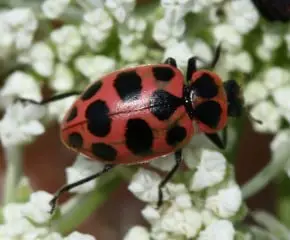


We live in Watertown,NY
I do believe we have the pink lady bug here.
Thank you Karen, I hope so! Although, some faded Harmonia Axyridis can appear to have a pink hue when they are aged. I’d ideally need to see photos to investigate further, and have corroborating evidence.
I am 64 years old and had never seen one until last week. We live in Bristol TN right on the VA border. I could not tell exactly where your map fell near us. I have a photo but not sure I can add it here. I’ve sent it in.
Ah Denise, you found the main pink Ladybug Coleomegilla maculata lengi, well done 🙂
Can the pink ladybugs fly?